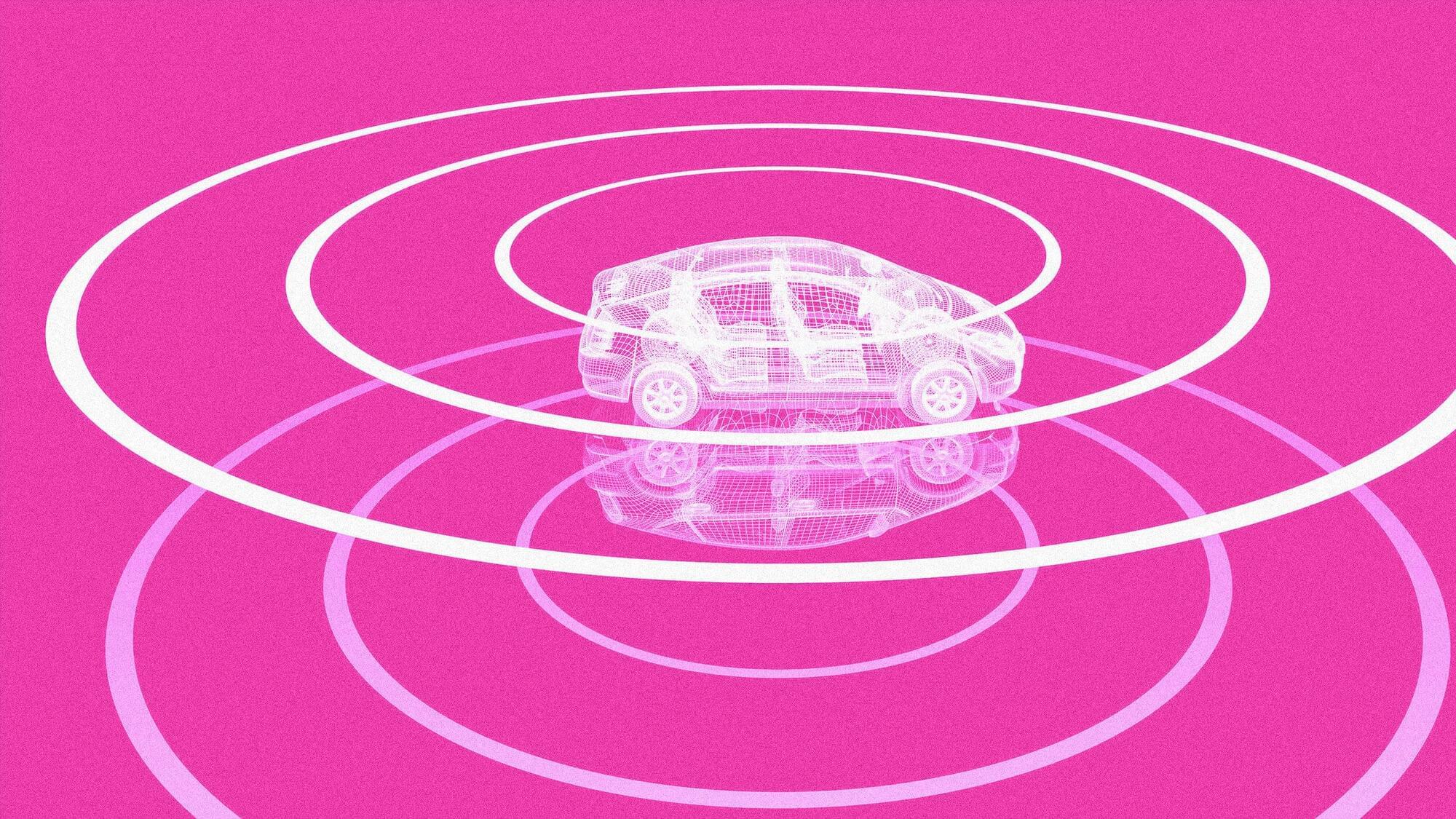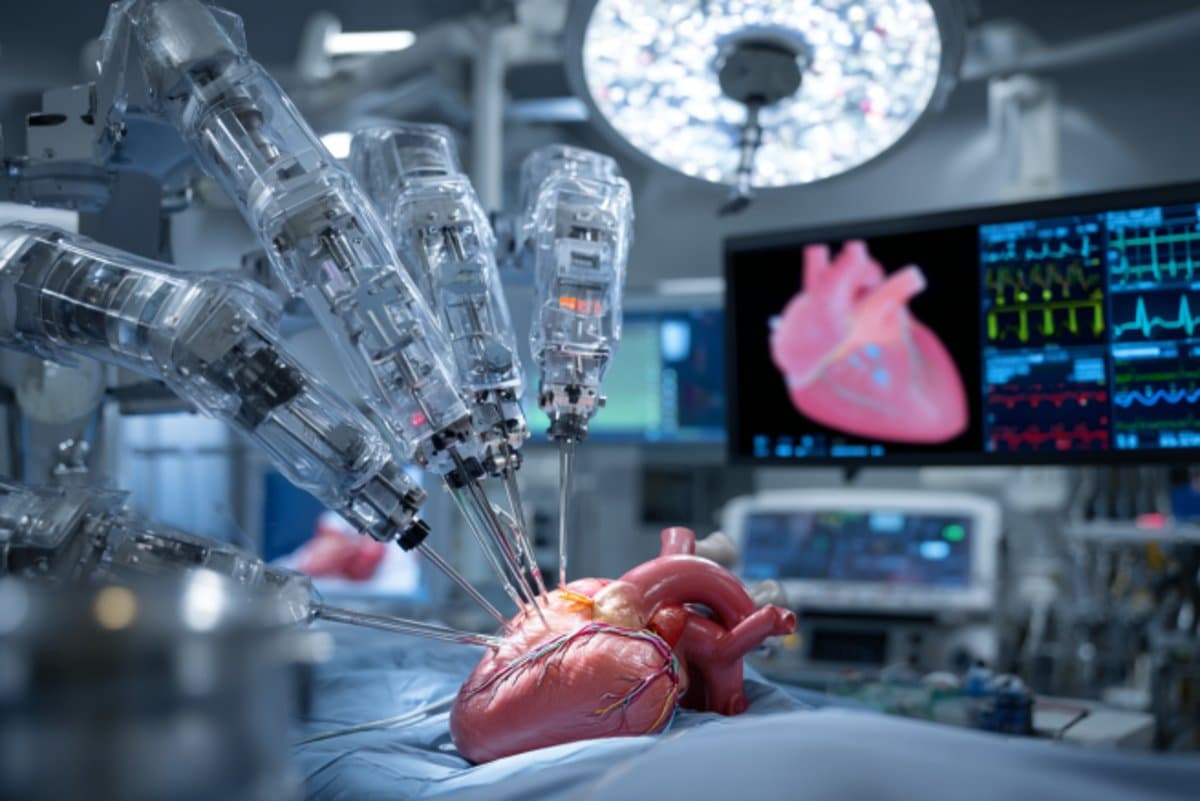Autonomous vehicles are barreling into the rideshare market. Lyft is asking its human drivers for their collaboration in integration.




Since ChatGPT appeared almost three years ago, the impact of artificial intelligence (AI) technologies on learning has been widely debated. Are they handy tools for personalised education, or gateways to academic dishonesty?
Most importantly, there has been concern that using AI will lead to a widespread “dumbing down”, or decline in the ability to think critically. If students use AI tools too early, the argument goes, they may not develop basic skills for critical thinking and problem-solving.
Is that really the case? According to a recent study by scientists from MIT, it appears so. Using ChatGPT to help write essays, the researchers say, can lead to “cognitive debt” and a “likely decrease in learning skills”


Huge deal wobbles as OpenAI pushes for profit pivot Software King of the World, Microsoft is ready to bin its negotiations with OpenAI as the ChatGPT outfit tries to morph into a fully for-profit company. According to the Financial Times, the software giant has thought about ditching the complex tal…



Offering TPE. I do not see a cost though.
*Apply to join Foresight Biotech & Health Extension program:* https://foresight.org/biotech-health-extension-program/
A group of scientists, entrepreneurs, funders, and institutional allies who cooperate to advance biotechnology to reverse aging and extend human healthspan. This group is sponsored by 100 Plus Capital. http://100pluscap.com/
*Foresights Personal Longevity Group* Exploring anti-aging methods, monthly virtual meetings, expert discussions, private group for Foresight Patrons. https://foresight.org/personal-longevity-group/
*Brad Younggren | Therapeutic Plasma Exchange (TPE): A Tool Against Aging and Disease*
Bio: Brad Younggren, MD, is CEO and co-founder of Circulate Health, a company dedicated to extending human healthspan. A former U.S. Army physician, Dr. Younggren served as a combat physician in Iraq and was awarded a Bronze Star and Combat Medical Badge. An emergency medicine specialist and seasoned healthcare executive, Younggren has led teams at the cutting edge of medicine for decades. Most recently, he was President and Chief Medical Officer at 98point6, where he led the development and launch of AI-powered primary care solutions. He previously served as CMO at Cue Health, Shift Labs, and Mobisante. At Circulate, Younggren leads an expert team of clinicians and scientists working to harness the potential of therapeutic plasma exchange to advance health and longevity.
https://www.circulate.health/
Abstract: Aging is the primary risk factor for most chronic diseases, driving over 90% of U.S. healthcare expenditures. However, emerging science suggests that aging itself can be targeted as a modifiable process. Therapeutic Plasma Exchange (TPE) is a promising intervention that removes harmful substances from the bloodstream, reducing inflammation, disease burden, and potentially reversing aspects of biological aging. Circulate Health is pioneering this space, with clinical trial data demonstrating measurable reductions in biological age and improvements in key biomarkers. Beyond its longevity benefits, recent findings suggest TPE may help reduce microplastics and other environmental toxins—offering a practical, scalable approach to mitigating modern health threats. In this talk, we’ll explore the science behind TPE, its clinical applications, and why Circulate Health’s model makes this groundbreaking treatment accessible to more patients and clinics.

Introducing a new, unifying DNA sequence model that advances regulatory variant-effect prediction and promises to shed new light on genome function — now available via API.
The genome is our cellular instruction manual. It’s the complete set of DNA which guides nearly every part of a living organism, from appearance and function to growth and reproduction. Small variations in a genome’s DNA sequence can alter an organism’s response to its environment or its susceptibility to disease. But deciphering how the genome’s instructions are read at the molecular level — and what happens when a small DNA variation occurs — is still one of biology’s greatest mysteries.
Today, we introduce AlphaGenome, a new artificial intelligence (AI) tool that more comprehensively and accurately predicts how single variants or mutations in human DNA sequences impact a wide range of biological processes regulating genes. This was enabled, among other factors, by technical advances allowing the model to process long DNA sequences and output high-resolution predictions.